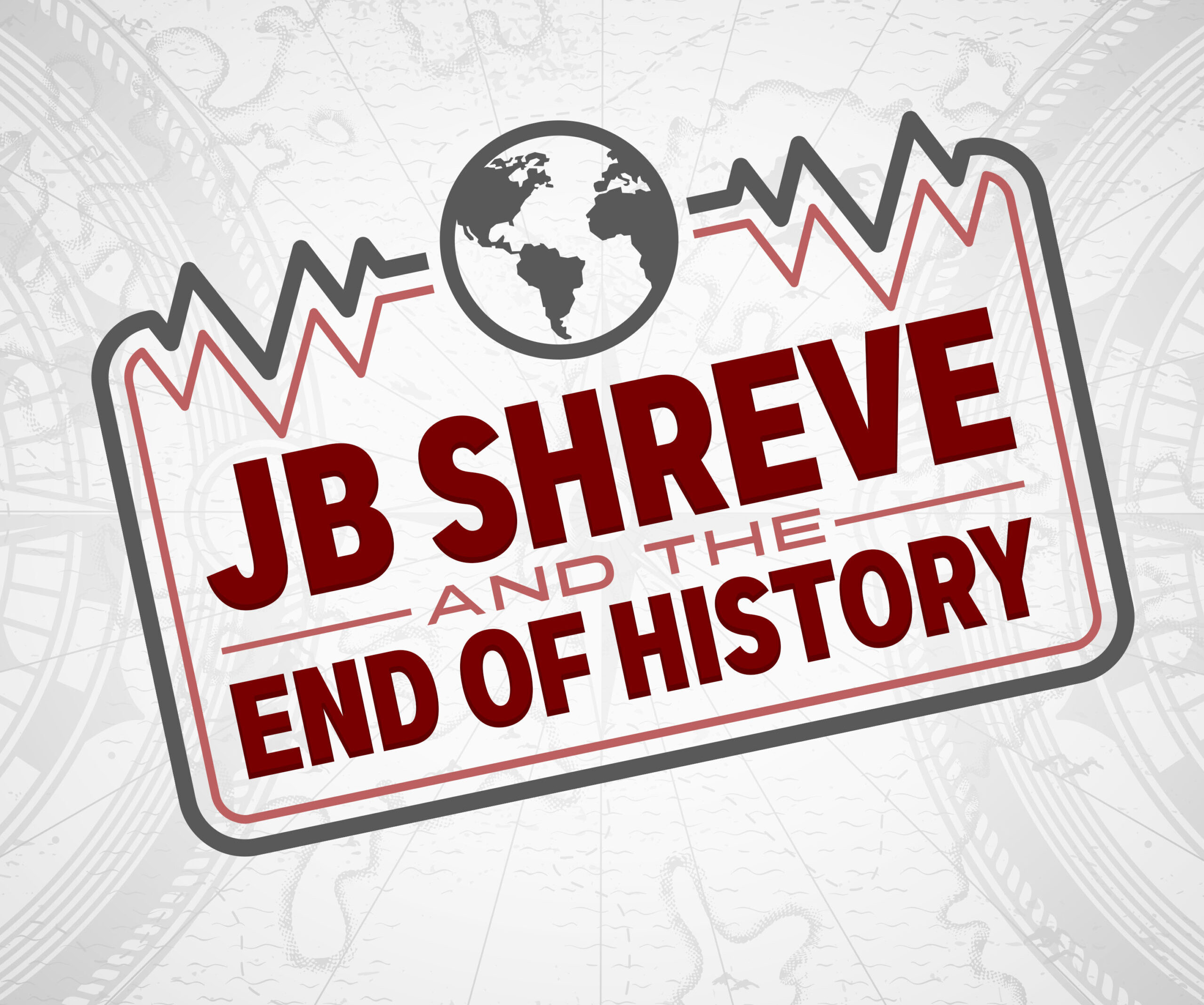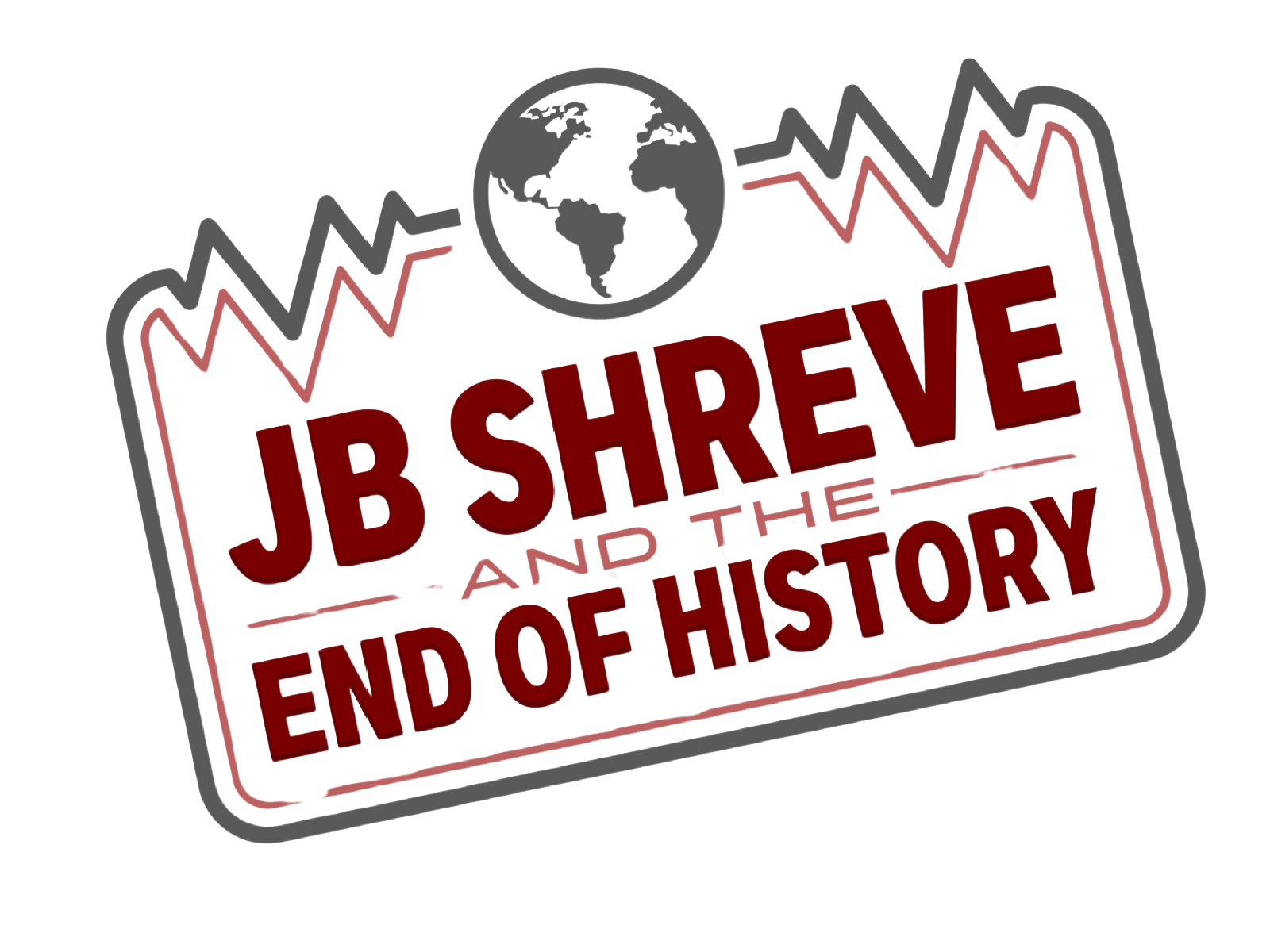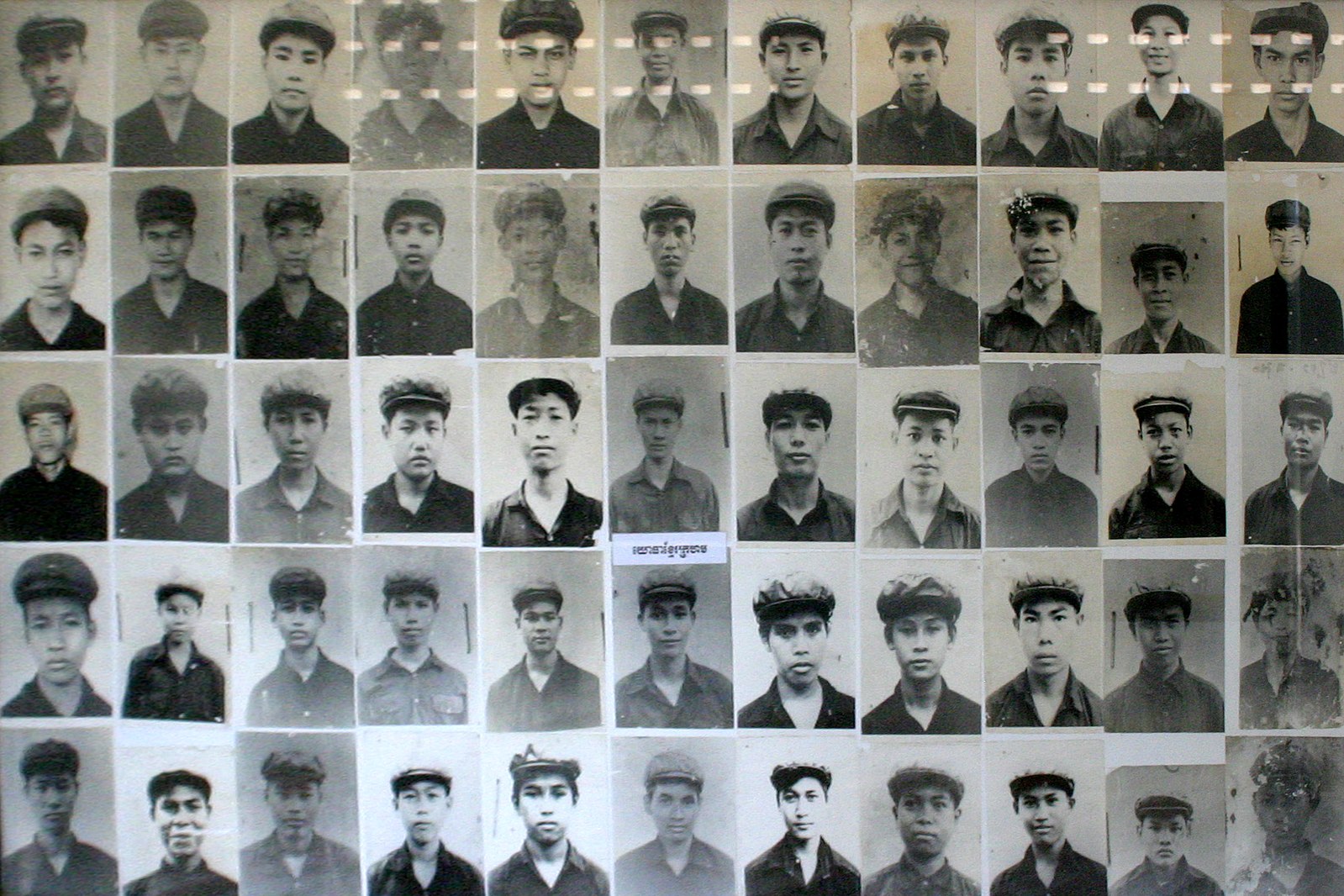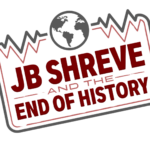
In 1975 a communist group known as the Khmer Rouge took control of the small nation of Cambodia. Under the leadership of Pol Pot, the Khmer Rouge carried out a revolutionary Marxist plan that became the Cambodian genocide. More than 2 million Cambodians, one-quarter of the country, were killed in the Cambodian genocide. As a percentage of a country’s population, this was one of the most devastating genocides in history. The Cambodian genocide is a story of political madmen, Cold War politics, and human depravity seldom matched in the stories of modern history.
Background to the Cambodian Genocide
Left to their own devices, the Khmer Rouge would probably never have conquered Cambodia. The Khmer Rouge lacked support among the population, especially in the cities. That lack of popular support meant the Khmer Rouge lacked the strength to conquer the country.
The law of unintended consequences facilitated the rise of the Khmer Rouge and the subsequent brutal destruction of the people of Cambodia. The Khmer Rouge’s ability to take advantage of the deteriorating political situation in Cambodia combined with instability produced by the major powers who used Cambodia as an instrument of Cold War politics both worked to the Khmer Rouge’s advantage in their pursuit of power in Cambodia.
In 1970, Cambodia’s ruling monarch Prince Norodom Sihanouk was removed by the right-leaning Premier Lon Nol. Lon Nol was supported by the national assembly and renamed Cambodia the Khmer Republic.
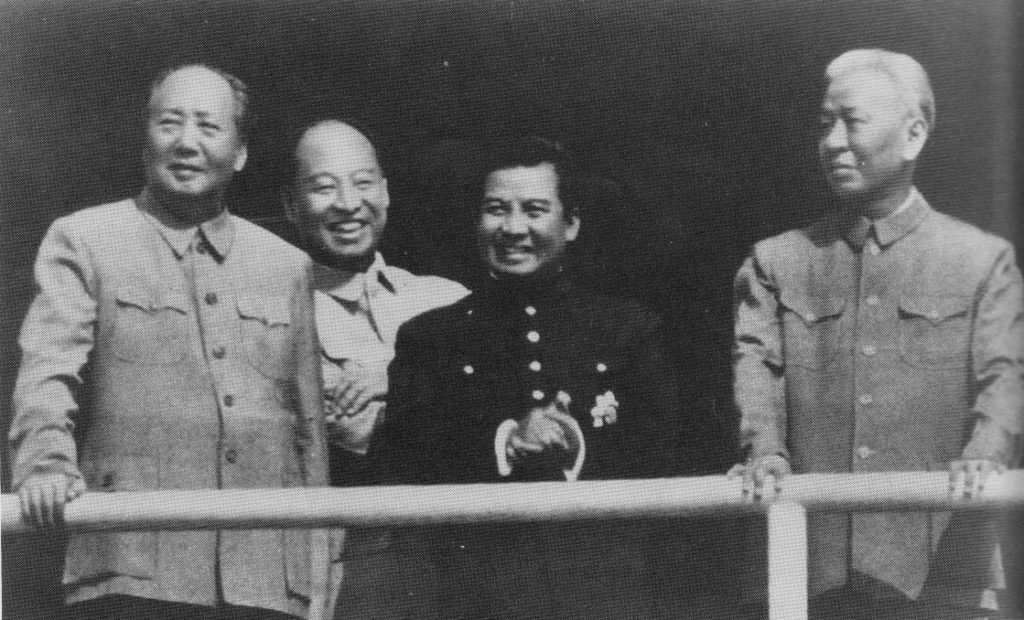
Sihanouk and the Khmer Rouge allied to fight against Lon Nol in a move that defied their political philosophies but seemed temporarily expedient. The alliance with Prince Sihanouk swelled the ranks of the Khmer Rouge from 6,000 to 50,000 fighters, mainly supporters of the king and not the Marxist ideology of the Khmer Rouge.
Listen to our podcast series Never Again…Again – The Ongoing History of Genocide.
Civil War enveloped Cambodia for the next five years as the Khmer Rouge allied with Prince Sihanouk fought Lon Nol for control of the country.
Cold War Politics
After being deposed by Lon Nol, Prince Sihanouk went into exile in China. The Chinese, led by Mao, encouraged the alliance between Sihanouk and the Khmer Rouge. The Chinese also began to support the Khmer Rouge with military aid. In 1970, the first year of the civil war, the Chinese supplied the Khmer Rouge with 400 tons of military aid. During the genocide, 90% of the Khmer Rouge’s military aid came from China.
At the request of the Khmer Rouge, the North Vietnamese army moved into Cambodia, conquering large swathes of territory that were then turned over to the Khmer Rouge.
On the other side, Lon Nol established the Khmer Republic as a nation leaning favorably toward the United States. As a result, the Nixon administration voiced its support for the Khmer Republic.

Between 1970-73 a US bombing campaign devastated the regions of Cambodia that the Khmer Rouge occupied. The US dropped 500,000 tons of bombs on Cambodia, more than what the US unleashed on the Pacific Theater in all of World War II. An estimated 30,000 to 50,000 civilian and Khmer Rouge soldiers were killed in the US bombing campaign. Some historians argue that outrage amongst Cambodians over the US bombing campaigns pushed more Cambodians to the side of the Khmer Rouge
Conquering Cambodia / Kampuchea
In 1975, the Khmer Rouge took control of Phnom Penh, which effectively ended the civil war with the Khmer Rouge victorious. Instead of reinstalling Prince Sihanouk to power, the Khmer Rouge turned authority over to Pol Pot, leader of the Khmer Rouge. The Khmer Rouge sent Sihanouk into exile.
After winning the civil war, the Khmer Rouge, the revolution was only beginning. They renamed the country Kampuchea. Pol Pot was identified as citizen number one. And 1975 was declared “Year Zero.”
Pol Pot

Saloth Sar was born to prominent farmers in Cambodia. He was raised in elite schools and attended college in Paris. In Paris, he became a lifelong communist after being inspired by the writings of Stalin and Mao. Upon his return to Cambodia, he helped launch and develop the Communist Party of Kampuchea. He became a devoted follower of the revolutionary writings and philosophy of Mao.
As Sar developed as a revolutionary fighting against Prince Sihanouk in the 1950s and 60s, he soon took on the alias Pol and later Pol Pot. The meaning of the new name held little significance except for its symbol as a rite of passage. In Buddhist society, monks often changed their names when they entered a new phase of their development. Sar changed his name to Pol Pot to signify his lifelong commitment to revolution and likely to protect the identity of family members.
By the outbreak of the civil war, Pol Pot was the General Secretary of the Communist Party of Kampuchea and the leading figure in the Cambodian genocide.
The Marxist Revolution
Pol Pot’s plans were heavily influenced by his perspective of the tribal communities in the remote northeastern parts of Cambodia. He idealized the tribes as self-sufficient and untainted by money or religion.
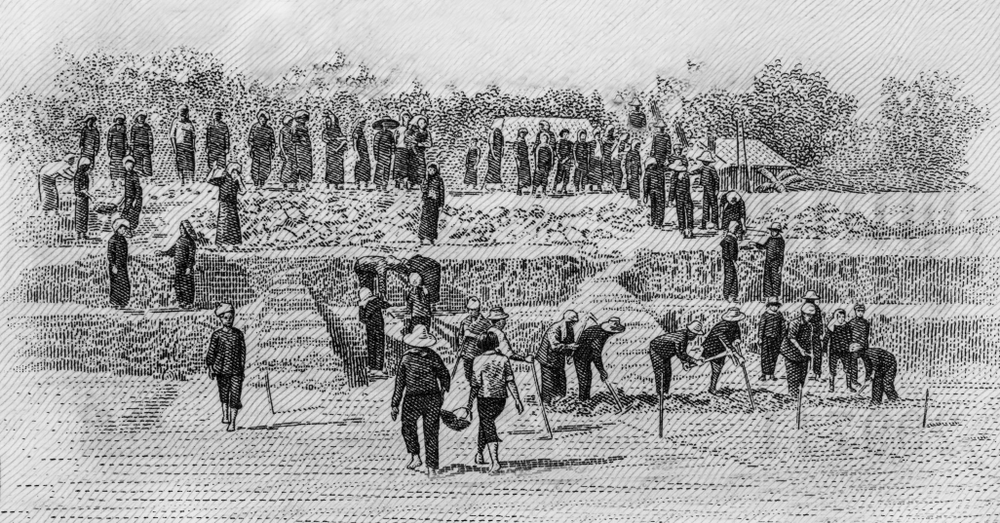
For Pol Pot and the Khmer Rouge, these agricultural communities harkened back to an ancient time when Cambodia was at its apex of glory during the 9th – 15th centuries. After that fall from glory came rulership and oppression from Vietnam, Thailand, and the French.
He and the Khmer Rouge set this standard as their objective for an agrarian utopia when they took over Cambodia and aimed to upend all things related to modern society which other powers had forced upon the country. The Khmer Rouge sought to forcibly transform the entire country into mobile work teams whose only religion, loyalty, and bond was to the country.
In a matter of months, the Khmer Rouge forced Cambodia back to the middle ages. They drained cities of their populations and relocated citizens to the countryside for agricultural development. On its first day in power, the Khmer Rouge ordered the evacuation of all the country’s cities, including the capital city Phnom Penh. In the first week of their rule, the Khmer Rouge moved 2 million Cambodians from the cities into the countryside.
They abolished money and private property. Religion was outlawed. Pol Pot and the Khmer Rouge split the country not by class but by the designation as “new people” and “base people.” New people included those city dwellers who lived corrupt lives influenced by outside powers. Base people meant peasants and those who lived in the countryside.
Members of the Khmer Rouge were often mere teenagers. Like the Cultural Revolution recently concluded in China, the young were upending society in the name of Marxism. While the Cultural Revolution in China opposed all things old, the Khmer Rouge idealized the old and abolished all things new. Pol Pot found Mao’s Cultural Revolution “inspiring.” Corrupting Western ideals, foreign aid, and education were evils from which the country needed purifying.
The Killing Fields
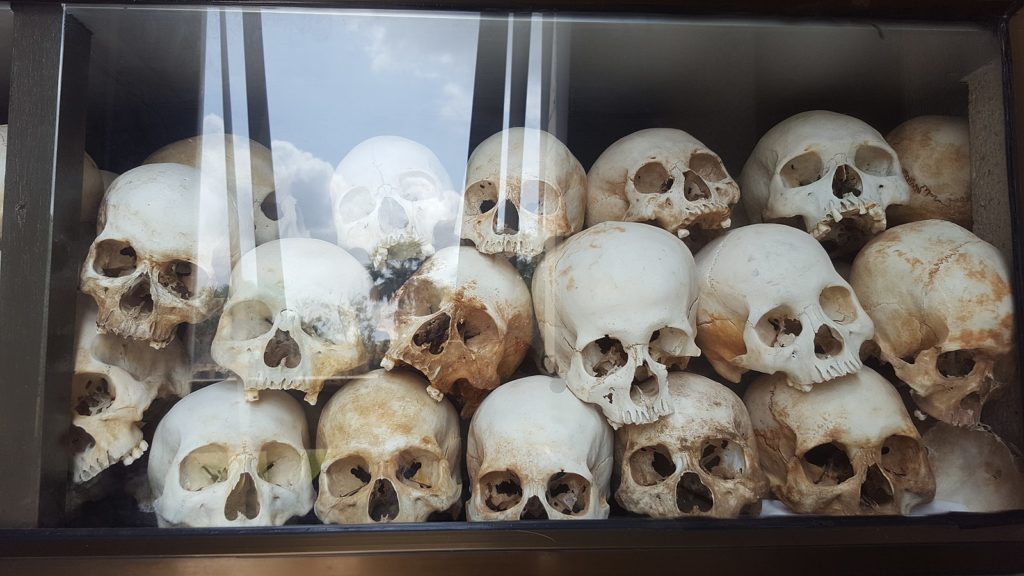
In scenarios reminiscent of Stalin’s restructuring of the Soviet Union or Mao’s Great Leap Forward, thousands of relocated Cambodians began to die on the new collective farms established by the Khmer Rouge.
Families were separated and moved to different agricultural work camps. Food was provided only from the communal kitchen – if it was provided at all. Securing food through other means, such as foraging, bartering, or from a family member, was a punishable offense. Loyalty and security were to be given only to Pol Pot and the party. The family unit itself was an enemy of the utopian society the Khmer Rouge sought to establish.
Many people were literally worked to death. Ruthless overseers punished Cambodians who did not keep up with their production on the farms. Many more died of starvation and disease.
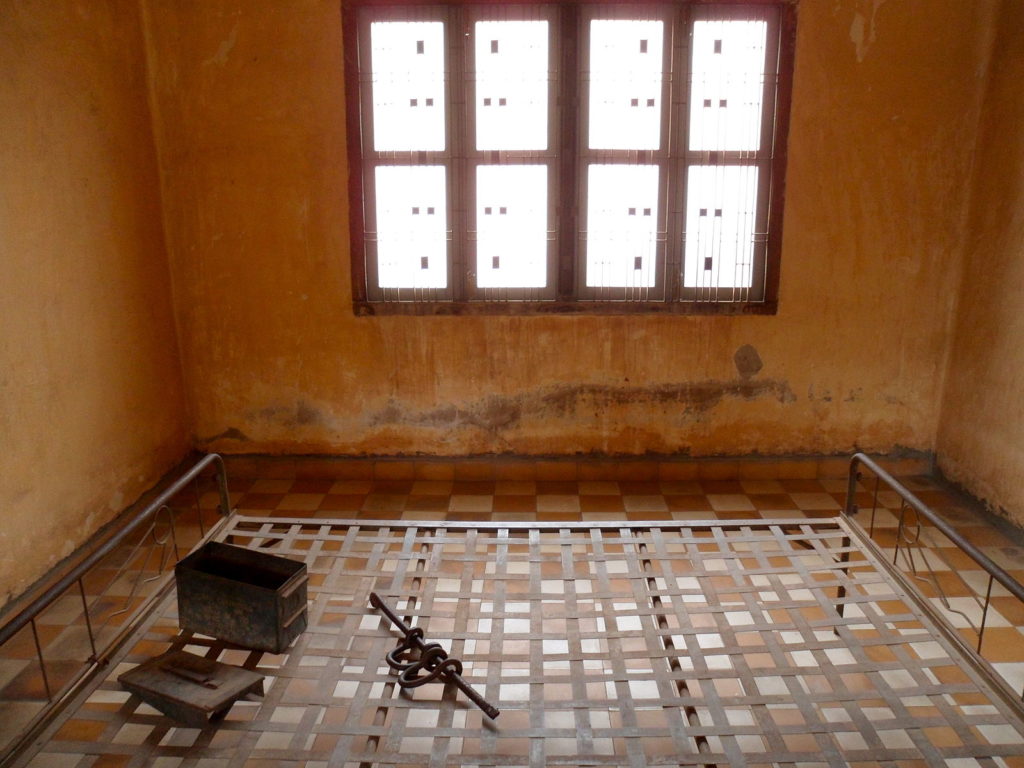
The Khmer Rouge targeted groups and individuals they deemed as potential revolutionaries, including intellectuals. Even an intellectual appearance, such as wearing glasses or speaking a second language, placed individuals in the sights of the Khmer Rouge. A leader of the Khmer Rouge described the killings as a “purification of the populace.”
- Nearly 24,000 mass graves have been mapped since the end of the genocide.
- Approximately 1.3 million people were executed.
- Starvation, exhaustion, and disease accounted for the remaining deaths in the genocide.
- Children were separated from their parents and forced to commit atrocities.
- The Khmer Rouge banned the existence of more than 20 minority groups which constituted 15% of the country’s population.
- The language of minority groups was banned.
- Once all religions were banned in Cambodia, an estimated 50,000 Buddhist monks were executed.
Tuol Sleng
The Khmer Rouge viewed educated and middle-class Cambodians as enemies of the party. Hundreds of thousands of these individuals and their families were tortured and murdered during the genocide.
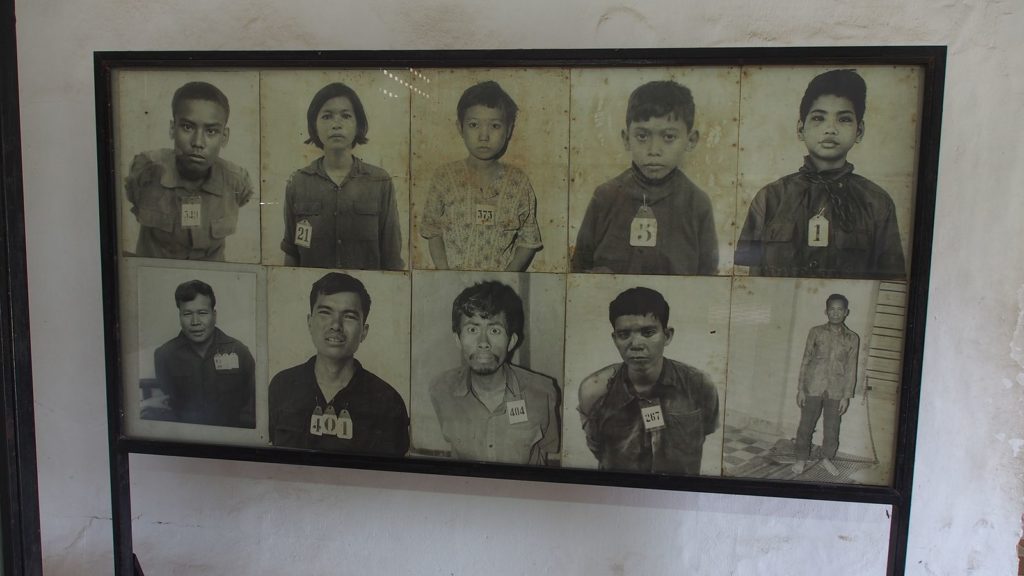
The Khmer Rouge performed brutal medical experiments upon many prisoners, adults and children alike. One survivor describing the environment in the prisons said suicide ran rampant among the prisoners. Eventually, the guards began tying the prisoner’s hands behind their backs so they could not kill themselves before the executioners or torturers got to them.
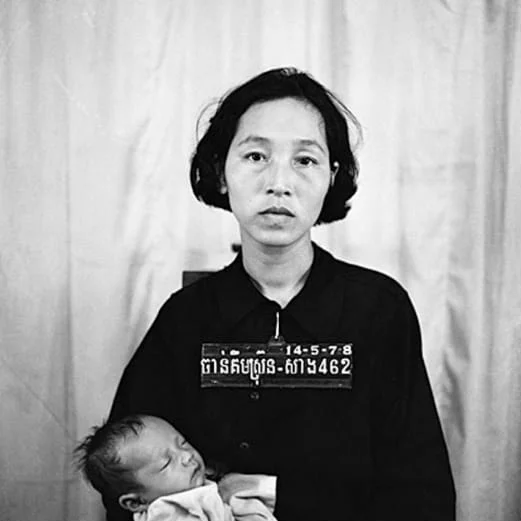
When the Khmer Rouge deemed the prisoners no longer useful, they were taken to the infamous “killing fields.” These were mass graves where the prisoners were executed with agricultural tools because bullets were deemed too expensive.
The End of the Cambodian Genocide
Following the death of Mao, Chinese involvement in Cambodia became more restricted. That allowed for a new invasion of the country by the Vietnamese in 1979. The arrival of the Vietnamese did not end the chaos in Cambodia, but it did bring the genocide to an end.
Pol Pot continued to live in northeastern Cambodia. He died under house arrest in 1997.
